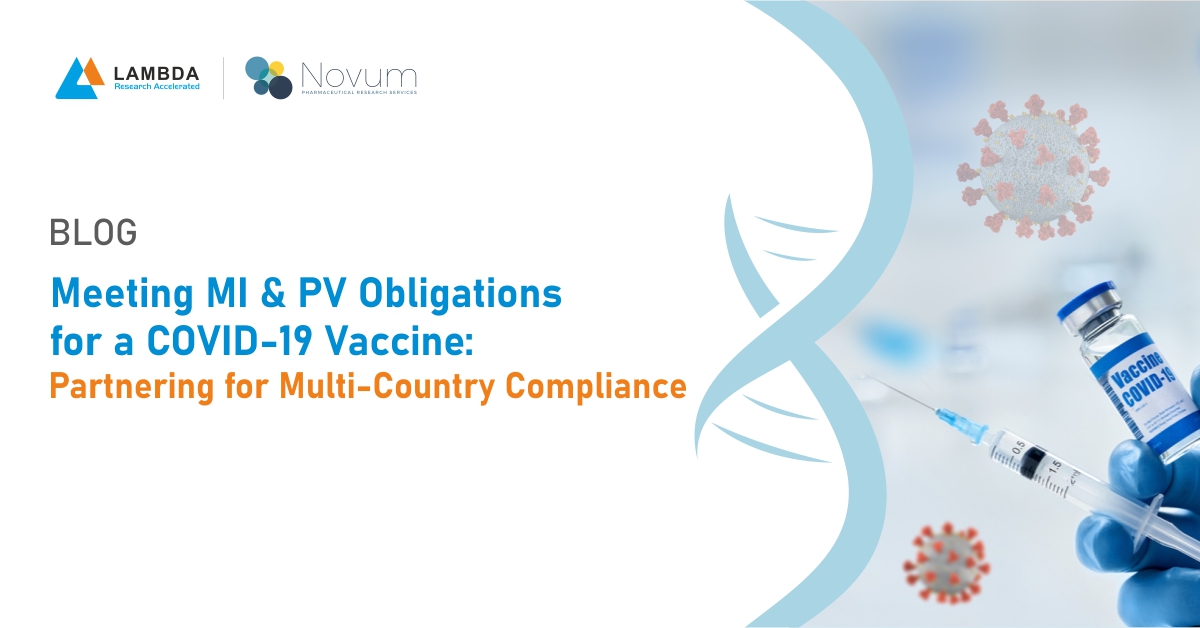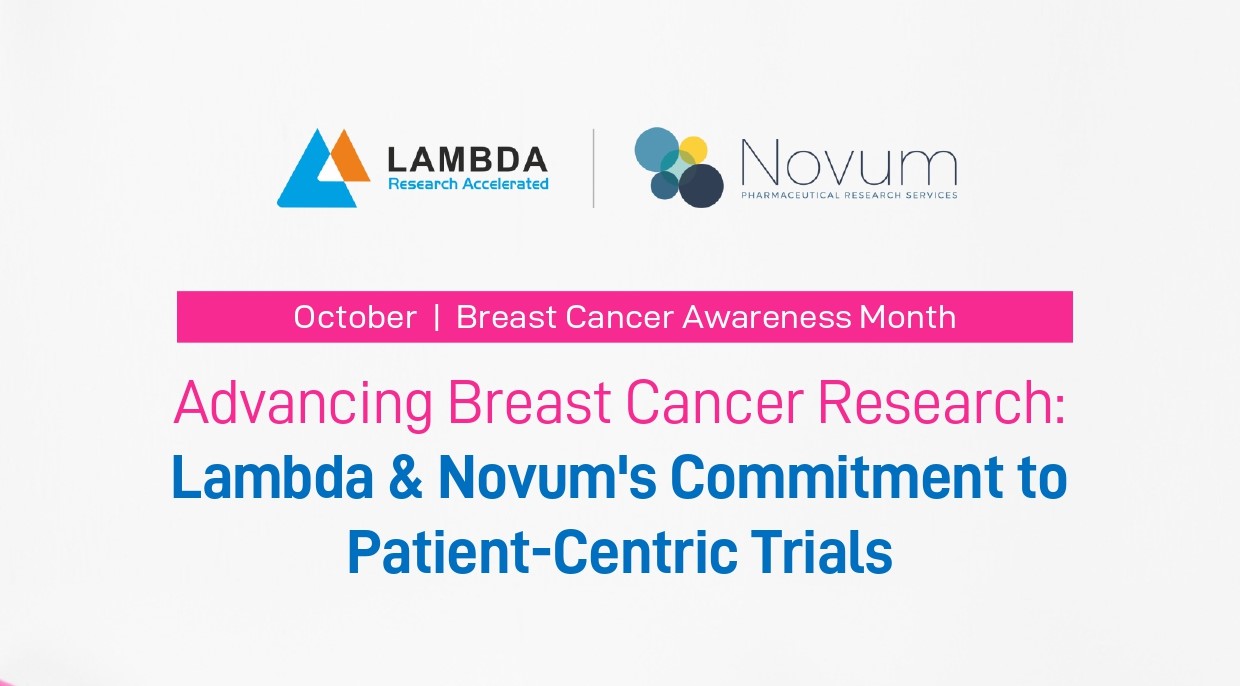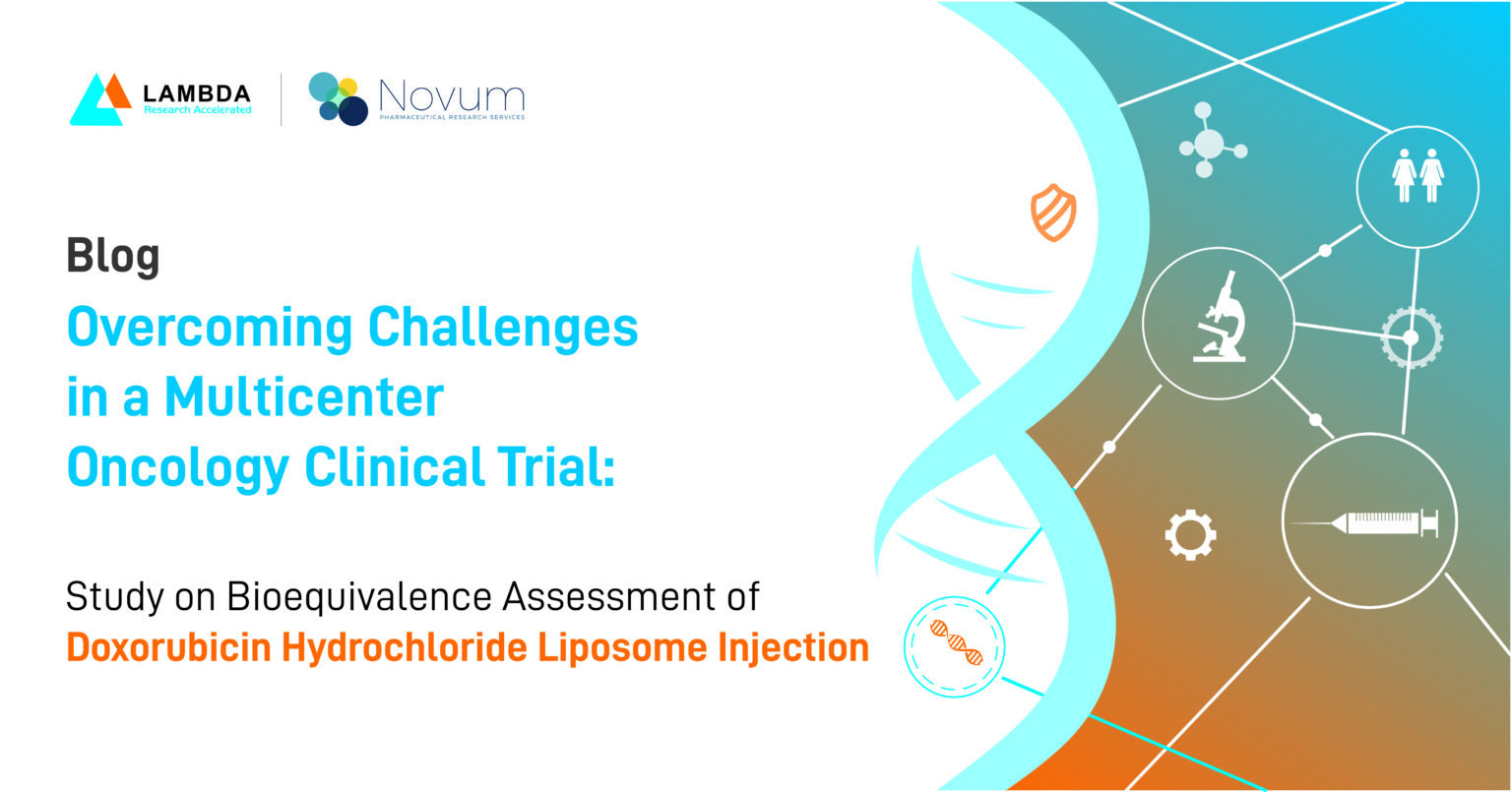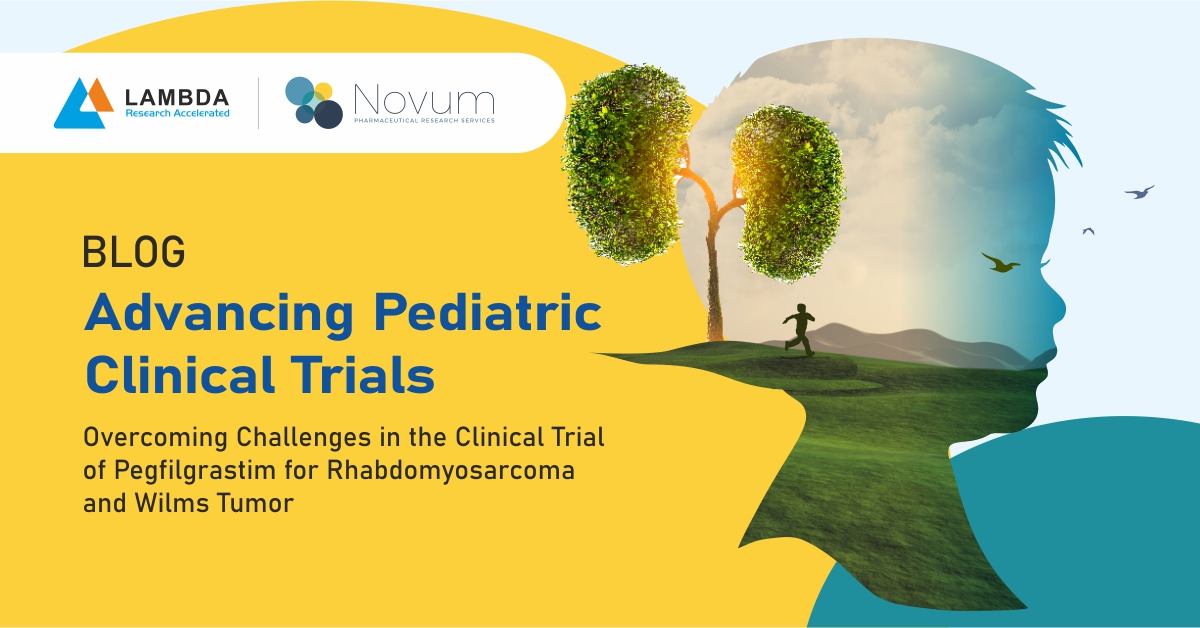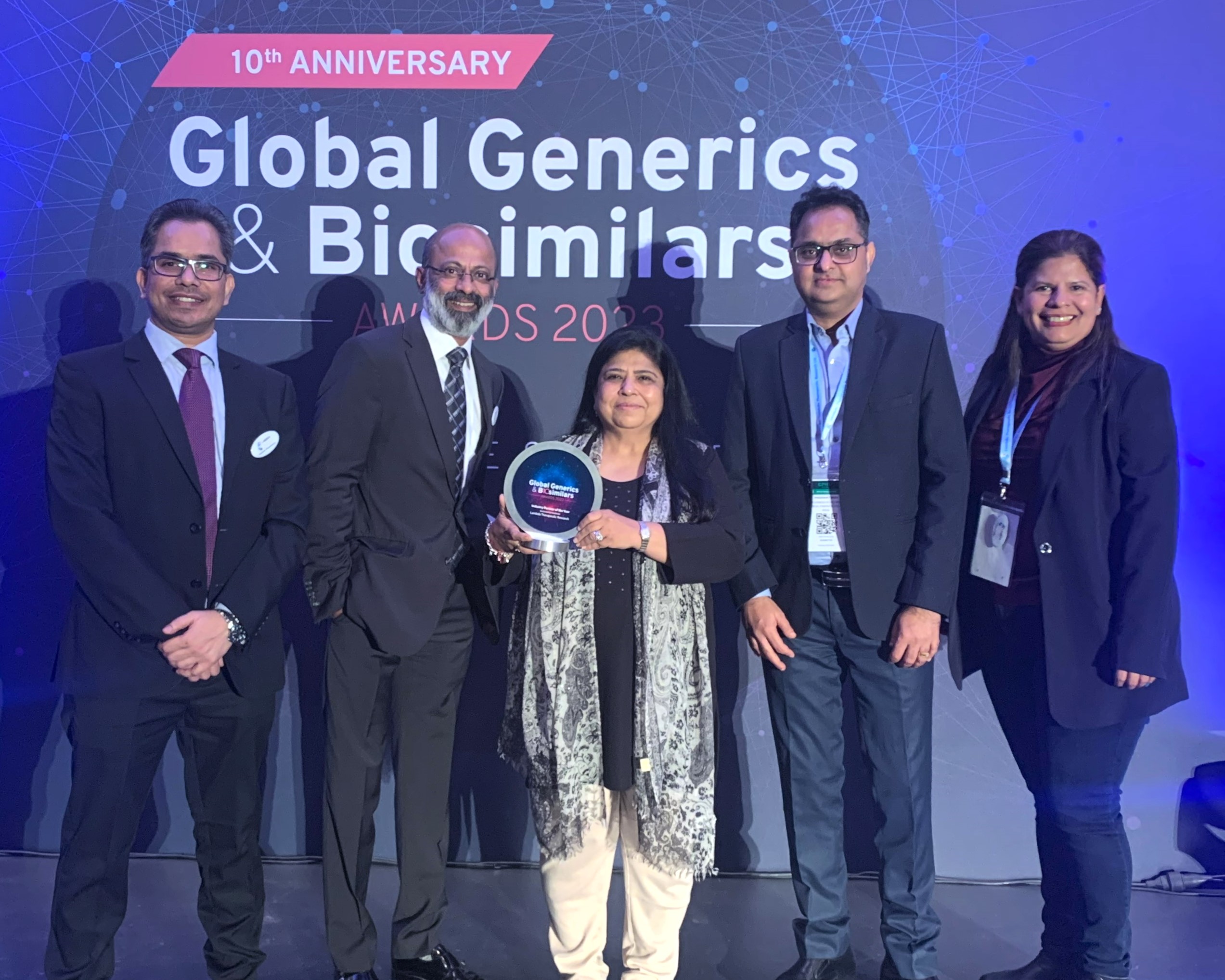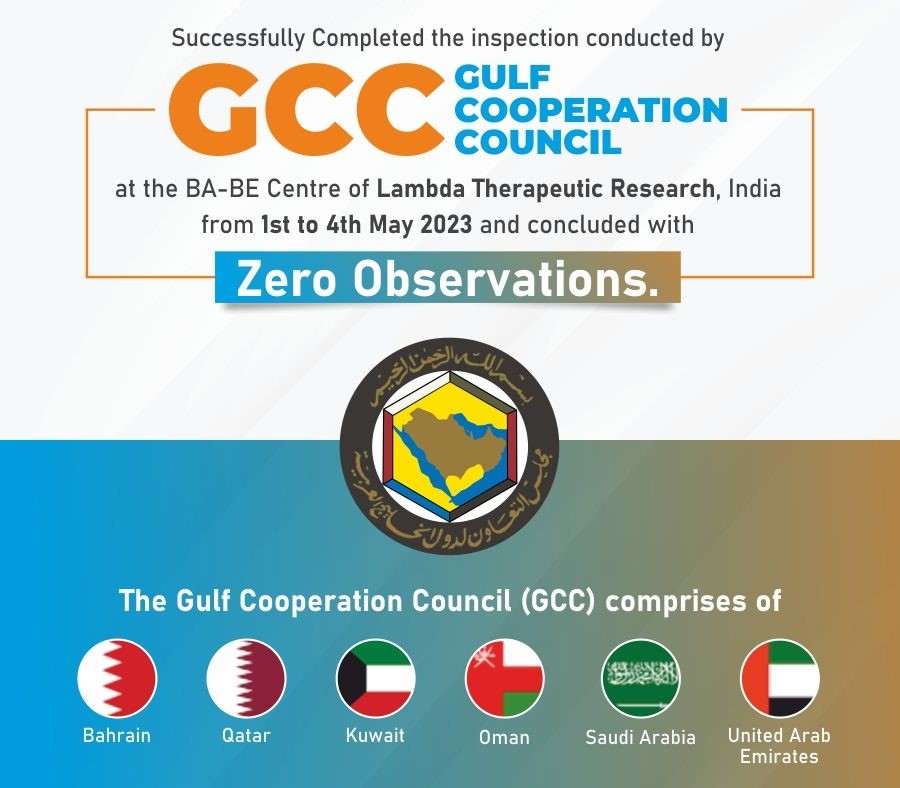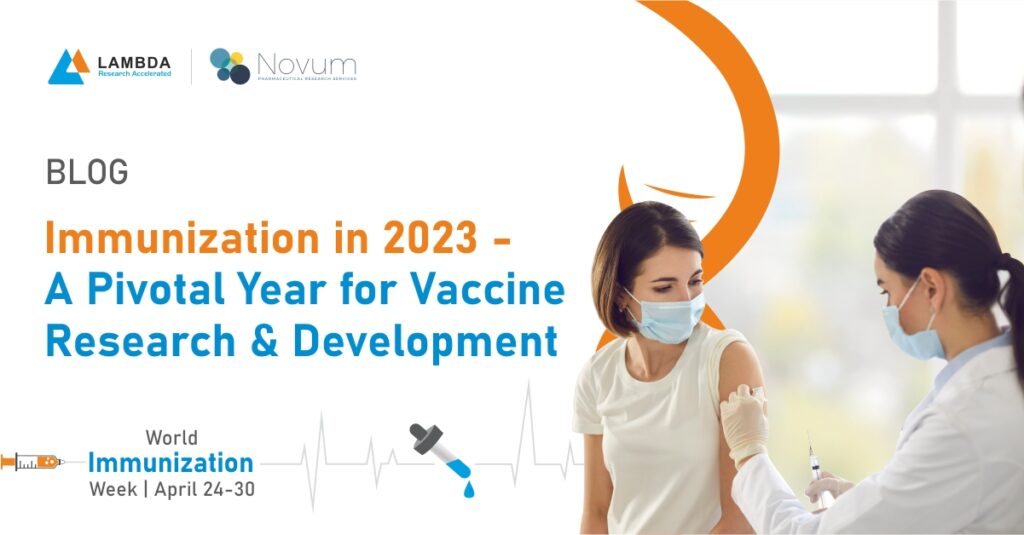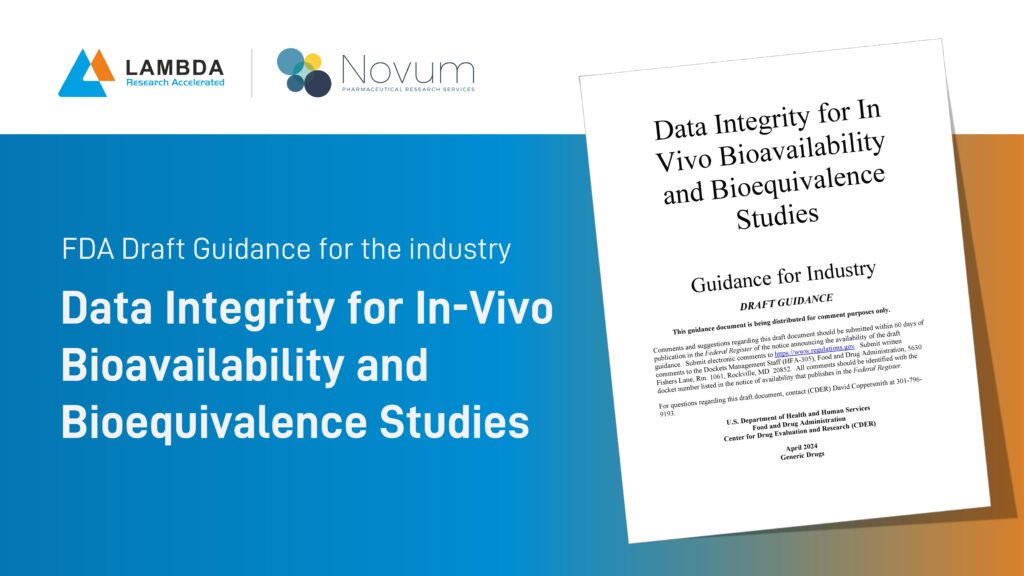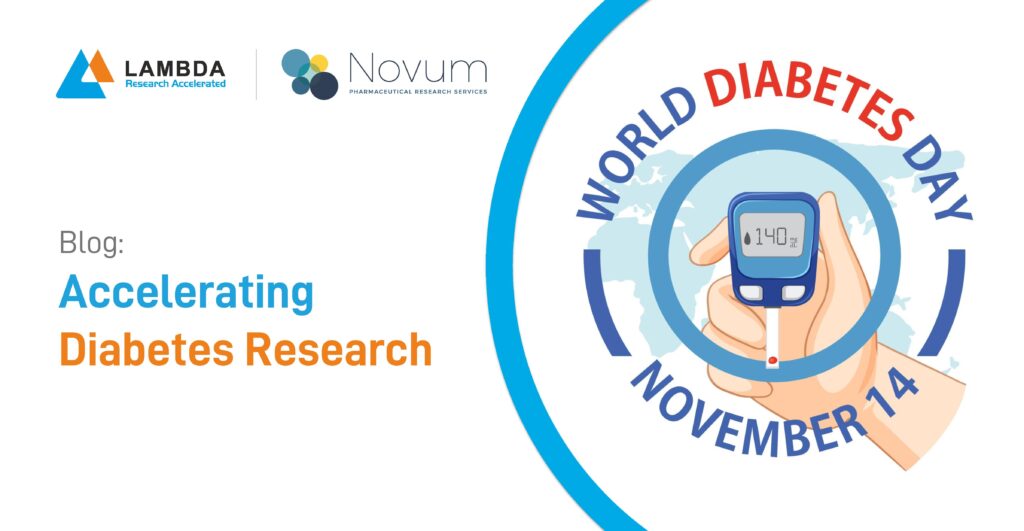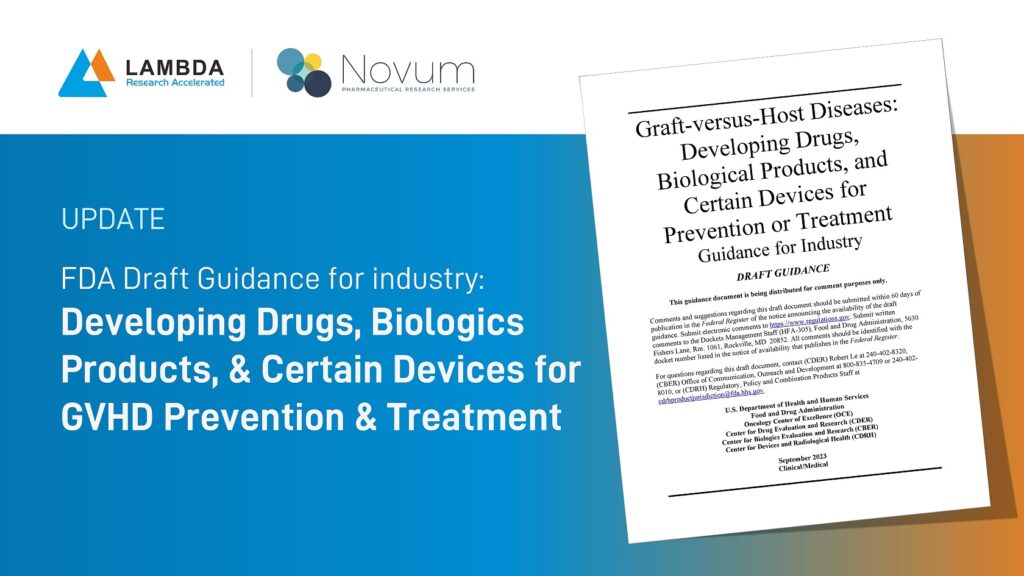26 Apr 2023
Immunization: The Need of The Hour
Vaccines are the world’s safest method to protect human beings from life-threatening diseases. More individuals could be protected against illnesses by preventing disease through vaccination, as well as their communities, is the ultimate objective of World Immunization Week. Vaccines are currently seen to be one of the most economical ways to improve wellbeing worldwide. They serve as a barrier of defence, preserving the security of families and communities. Despite these well-established advantages, low immunisation rates continue to exist.
The Big Catch-up, a global immunization drive that intends to assist efforts to catch up is to restore, and improve regular immunization globally, is being launched in 2023 with the help of nations, GAVI (Global Alliance for Vaccines and Immunisation), UNICEF, and other global immunization partners.
- (Catch-up) Reach children who missed vaccination during the pandemic in 2020-2022 (includes the 2019 zero-dose and under-immunized children as part of the accumulated zero-dose and under-immunized)
- (Restore) Restore vaccination coverage in 2023 back to at least 2019 coverage levels, (particularly for the zero-dose ambition)
- (Strengthen) Strengthen immunization systems, within primary health care, to increase coverage in 2023 back onto the trajectory of the IA2030 goals.
Close The Immunization Gap: Vaccines for All
- The World Health Organization (WHO) has made it a priority to work closely with countries around the world to help them reach more people with vaccination and carefully monitor their progress.
- Globally, immunization is said to prevent between 2 to 3 million deaths every year, yet 1 in 7 kids are missing out on their vaccines. Despite the great strides made in increasing vaccination coverage in Gavi-supported countries over the past two decades, many children worldwide remain unimmunized or under immunized. Only 11 percent of children in Gavi-supported countries receive the last recommended dose for each of the 11 antigens currently recommended by the WHO. Parents, caregivers, adolescents, adults and health workers need to understand the importance of keeping immunizations up to date throughout a person’s lifetime.
Strategies to meet challenges and closing the gap.
To effectively target underprivileged areas, GAVI has created a new framework that makes use of fresh perspectives, strategies, and collaborations. The framework is a cyclical model that includes processes like selecting target groups, reaching audiences using adaptable techniques, tracking progress, evaluating results, and arguing in favour of immunization using proof from evaluated results. To mobilise funds and promote immunization in every community, more efforts are required on a national and international level. Successful immunization regimens are straightforward and adaptable to any environment, including those with conflict or other crises. Healthcare professionals, vaccine manufacturers, and vaccine suppliers all play crucial roles in the sustainable delivery of immunization services, which is why vaccinations are effective at all levels of health systems.
A Future-Focused Perspective
Utilising the Potential of Research and Innovation
The reach and effect of immunization programmes might be increased with the help of cutting-edge technologies and creative approaches. Research has helped create new, life-saving vaccines, but more research is needed to create new or improved products that are better suited to local needs, to improve immunization rates among underserved populations, and to create, test, and scale up innovations for immunization service delivery.
The Vaccine Innovation Prioritisation Strategy, which prioritised three vaccine product innovations-microarray patches, heat-stable controlled temperature chain liquid formulations, and barcoding on primary containers-with the greatest potential to achieve equity, enhance immunization systems, and focus investment, is an illustration of how to target innovations to local needs. To overcome management, system, socio-behavioral, financial, and communication barriers, research must go beyond the creation and introduction of novel goods.
Advancing the Movement Towards Life-Course Immunisation
The full scope of immunization beyond the infant schedule has not yet been implemented properly. Policy and regulatory frameworks must be modified, methods to track immunization in older age groups must be expanded, and partnerships to integrate age-appropriate and catch-up vaccination into public and private health services must be improved to achieve long-lasting individual protection and herd immunity. Delivering the COVID-19 vaccine will provide an opportunity to improve adult immunization strategies and integration with other healthcare initiatives.
2023: A pivotal year for vaccine research and development?
- The Strategic Advisory Group of Experts on Immunisation (SAGE) of the World Health Organisation (WHO) amended the plan for prioritising the use of COVID-19 vaccinations after its conference in March 2023 to take into account Omicron’s effects and the high population-level immunity brought on by infection and vaccination.
- In order to develop new vaccines against infections that are not epidemics, WHO is now determining regional priority objectives. Early findings suggest that bacteria like Klebsiella pneumoniae and HIV, which show high levels of antibiotic resistance, are significant worldwide. Four or more locations deemed Streptococcus pyogenes (Group A streptococcus), Shigella, and respiratory syncytial virus (RSV) to be significant.
- SAGE’s priority to safeguard those most at risk of mortality and serious illness from SARS-CoV-2 infection is continued in the plan, as is its emphasis on preserving robust healthcare infrastructure.
- The roadmap also emphasised the creation of more recent vaccines, such as the novel oral polio vaccine type 2 for the circulating vaccine-derived poliovirus type 2 (cVDPV2) and the development of tuberculosis vaccines, with several candidates undergoing late-stage clinical trials and the potential for multiple products to obtain regulatory approval within three years.
- There is a considerable demand for the RTS,S malaria vaccine, and at least 28 nations have expressed interest in introducing it. More than 15 other applications are anticipated later this year, and 15 of these nations have already formally requested funding from Gavi.
- New trial funding has increased as a result of the Covid-19 messenger RNA (mRNA) vaccine’s effectiveness. The pharma industry has taken notice of recent promising clinical trials in melanoma and respiratory syncytial virus (RSV) that demonstrate the potential utility of mRNA vaccines beyond the treatment of Covid-19.
- Four significant studies in melanoma, genital herpes, and influenza will demonstrate the potential breadth of mRNA vaccine technology in 2023. These include the seasonal influenza vaccines from Moderna (mRNA-1010) and Pfizer (modRNA), the advanced melanoma vaccine from Roche/BioNTech (RO7198457), and the genital herpes lesions vaccine from BioNTech (BNT-163).
- The pharmaceutical industry is still primarily focused on infectious illnesses as it prepares for these four significant mRNA vaccine trial readouts in 2023( Tabulated below).
- According to GlobalData’s clinical trials database, 70% of all active mRNA vaccination studies are in the field of infectious diseases. The second-most frequent therapeutic field is oncology, which accounts for 12% of all active mRNA vaccination trials. Time will tell if mRNA vaccine technology can gain significant traction in the field of developing cancer drugs, since additional significant mRNA trial findings in melanoma are soon to be released. MRNA vaccines will probably make progress against infectious illnesses in the meantime.
Ongoing Phase I – Phase III trials testing mRNA vaccines (Source: GlobalData)


Major mRNA vaccine trial results expected in 2023 (Source: GlobalData)
| MRNA vaccine | Indication | Event | Trial size |
|---|---|---|---|
| Moderna’s mRNA-1010 | Seasonal influenza | Phase III results expected Q1 | 6,102 subjects |
| Pfizer’s modRNA vaccine | Seasonal influenza | Phase III results expected 2023 | 36,200 subjects |
| BioNTech’s BNT-163 | Herpes lesions | Phase I results expected H2 | 108 subjects |
| Roche’s/BioNTech’s RO7198457 | Advanced melanoma | Phase II results expected H1 | 131 subjects |


- However, in 2023, next-generation COVID vaccinations may have the most impact. The WHO records more than 170 clinical studies. Nasal vaccinations and variant-proof vaccines are two possible innovations to watch for in the upcoming year. In 2023, 85% of planned mRNA vaccine trials are sponsored by industry, up from just 34% of mRNA trials initiated in 2021.
Industry heavily investing in mRNA vaccine trials
mRNA vaccine trials initiated as a percentage of total vaccine trials initiated each year, sorted by sponsor type
Agenda 2030 for Immunization (IA2030)
A Global Strategy to Leave No One Behind (IA2030) was approved by all WHO member countries in August 2020. In order to increase health and wellbeing, it imagines a world in which everyone, everywhere, at every age, completely benefits from vaccinations. In order to make sure that the vision, strategic priorities, and goals are in line with national requirements, it was produced through a co-creative process with close country interaction.
All strategic targets are underpinned by four guiding concepts that are crucial to its success: people-centeredness, nation-ownership, partnerships, and data-guidedness. IA2030 is designed to be adaptable to new difficulties over the decade and places a focus on personalised implementation and adaptive methods to country settings.
When and where immunization services need to be enhanced, measles is seen as a pathfinder for IA2030. Countries are incorporating regional IA2030 plans into their national immunization programmes, which are coordinated with their own public health goals.
References:
- https://apps.who.int/mediacentre/commentaries/vaccine-preventable-diseases/en/index.html
- https://www.ncbi.nlm.nih.gov/books/NBK572615/
- https://rarediseases.org/living-with-a-rare-disease/find-clinical-trials/?search=Hemophilia
- https://www.clinicaltrialsarena.com/features/mrna-vaccine-trials-to-watch/
- https://www.economist.com/the-world-ahead/2022/11/18/next-generation-vaccines-could-make-a-difference-in-2023
- https://www.who.int/news/item/28-03-2023-sage-updates-covid-19-vaccination-guidance
- https://www.barrons.com/articles/vaccines-covid-flu-rsv-mrna-updates-51671551955
- https://academic.oup.com/jid/article/224/Supplement_4/S452/6378083#304387840
- https://www.globaldata.com/
